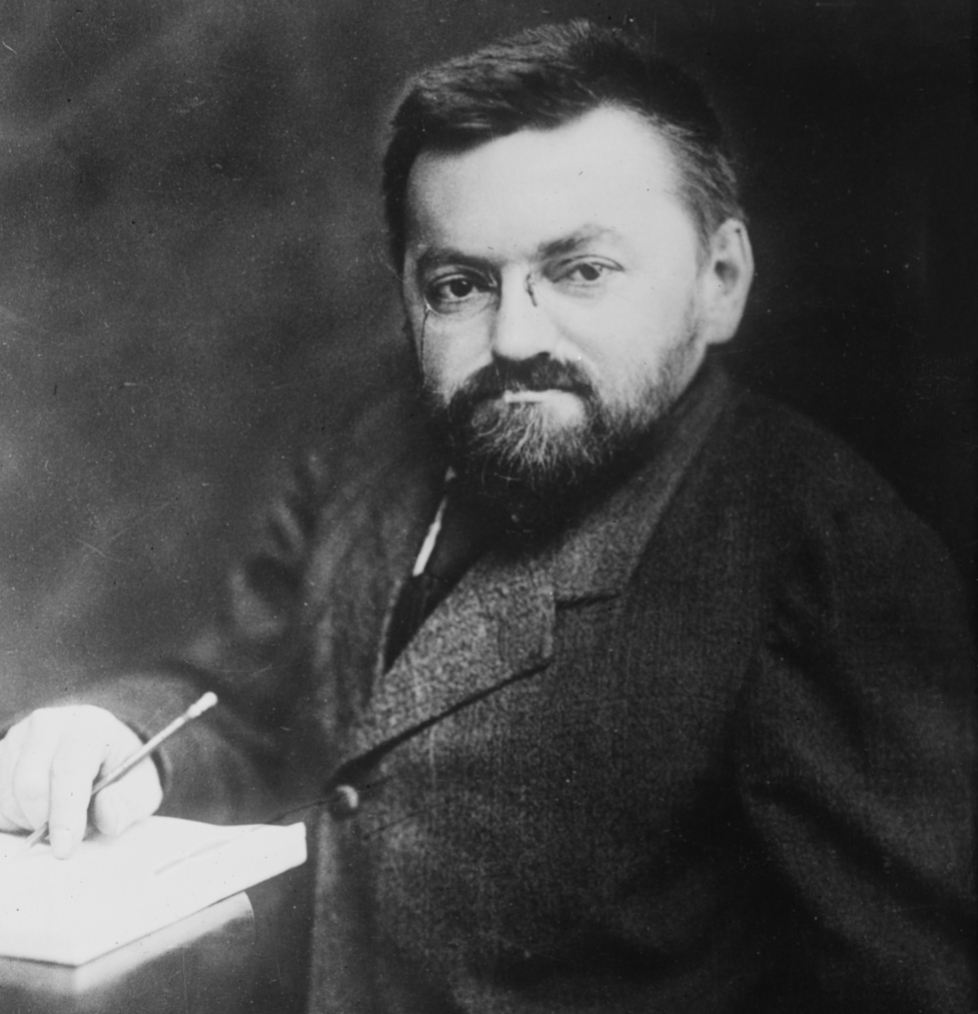Charles Proteus Steinmetz is a name that is not commonly known by most people. When we think of turn-of-the-century scientists and engineers, names such as Albert Einstein, Thomas Edison, and Nikola Tesla come to mind. These men have all made significant contributions to the world we live in today, but by far, one of the most significant is the work of Charles Proteus Steinmetz. Steinmetz was a mathematical genius who could do tables of logarithms up to a 1000 in his head and up to seven decimal places.
Charles Proteus Steinmetz was born in Breslau, Germany, in what is now present-day Poland. He was born with heretic deformities: achondroplasia (dwarfism), hip dysplasia, and kyphosis (hunchback).
Steinmetz studied at Breslau University, later moving to a polytechnic university in Zurich, Switzerland, with a focus on mathematics, electrical engineering, and chemistry. During his time in Switzerland, Steinmetz wrote a paper on how transformers work, a topic that confused many at the time. In fact, he had this understanding before even seeing a transformer in person.
Steinmetz immigrated to the United States in 1889 with only a few dollars and a letter of recommendation to the Osterheld and Eickemeyer factory. Arriving in America, Steinmetz interviewed at the Eickemeyer and Osterheld factory and the Edison Electric Company. After being rejected from the Edison Company, Steinmetz picked up his first job as a draftsman for Osterheld and Eickemeyer.
During his time at Eickemeyer, Charles began to form his Law of Hysteresis. In his lab, supplied by Eickemeyer, Charles tested a multitude of materials. And soon he finished his paper, “On the Law of Hysteresis.” The equations and ideas provided by Steinmetz were revolutionary. These equations allowed engineers to calculate and minimize power loss due to magnetism on paper before constructing a machine. This gave Steinmetz worldwide recognition among many of that time’s professionals.
Not long after the general electric merger, the Osterheld and Eickeymer factory was purchased by GE along with Steinmetz. Steinmetz was quickly promoted to Head Engineer at the age of 29 and was given free reign to research.
Steinmetz began to focus on AC, specifically AC steady-state circuit theory. In a short amount of time, Steinmetz made another substantial contribution in the field of electrical engineering. Steinmetz simplified a time-consuming, complicated method of analyzing values in AC circuits. He presented these ideas in 1893 in his paper “Complex Quantities and Their Use in Electrical Engineering.”
This is merely a small account of the life and achievements of Charles Proteus Steinmetz. His achievements and contributions to the world continued throughout his life, and many of his mathematical equations are still used in our world today.







